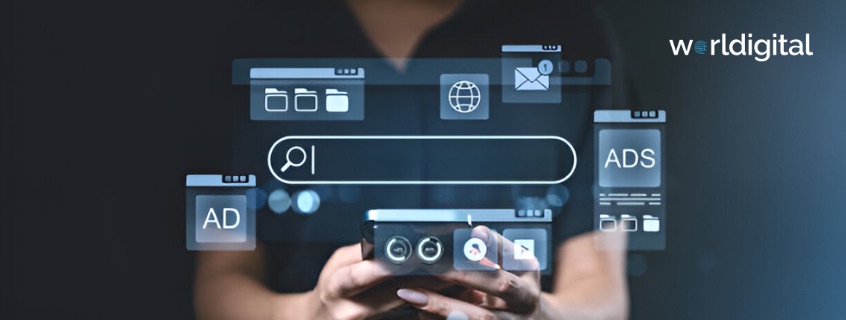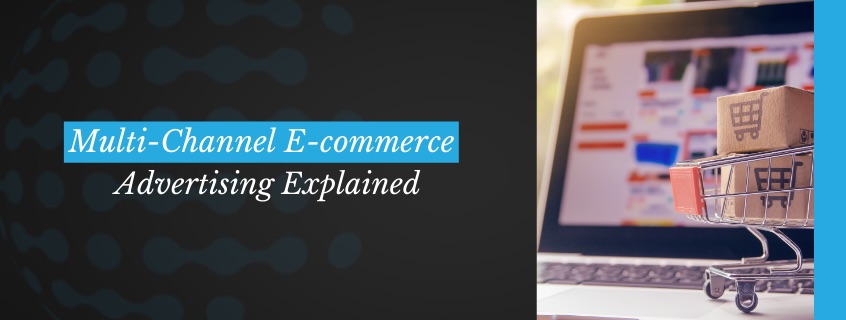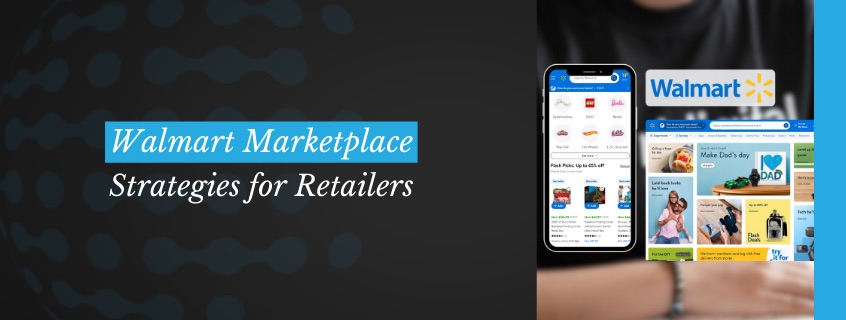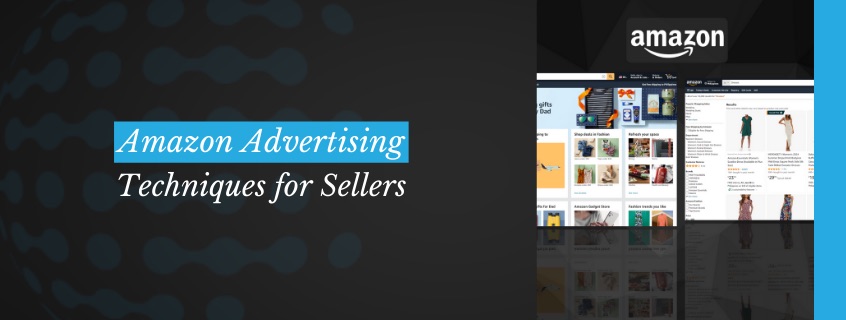Running ads in just one place isn’t enough anymore. Today, buyers jump between platforms before they make a purchase. If you want your brand to stay top of mind, your advertising needs to follow them. That’s where Multi-Channel E-commerce comes in. Let’s break it down in a simple way—and show you how to turn your digital ads into a powerful machine that works across all the channels your customers use.
Why Multi-Channel E-commerce Advertising Matters
Imagine your dream customer. They start their morning scrolling Instagram. Later, they’re Googling a product. Then they check Amazon reviews before finally clicking on a Facebook ad. If your ads only show up on one of those stops, you’ve already lost them.
That’s the power of Multi-Channel E-commerce advertising—it keeps your brand visible wherever your buyers go.
Here’s why it’s a game-changer:
- Better visibility: More eyes on your products across different platforms.
- Increased trust: Brands that appear everywhere feel more reliable to buyers.
- More conversions: Your ad might not work the first time, but the third or fourth time might do the trick.
Looking to build your brand across every channel? Partner with our digital strategy team to stay visible and competitive online.
How Multi-Channel E-commerce Works
It’s all about showing the right message on the right platform at the right time. But here’s the kicker: each platform works a little differently. Let’s take a peek under the hood.
Core Channels in Multi-Channel E-commerce:
- Google Search & Shopping Ads
– Great for high-intent shoppers actively searching. - Facebook & Instagram Ads
– Ideal for storytelling and impulse buys. - Amazon Ads
– Directly targets ready-to-buy users. - Email & SMS Marketing
– For following up with warm leads and loyal customers. - Display & Retargeting Ads
– Keeps your product in sight after someone leaves your site.
Multi-channel means all these systems working together, not just side by side. It’s coordinated. It’s smart. It’s optimized.
Thinking about stepping into this kind of strategy? See how we help e-commerce brands thrive with multi-platform campaigns that actually work.

Benefits of Multi-Channel E-commerce Advertising
The more doors you open, the more likely someone’s going to walk through one. That’s why Multi-Channel E-commerce advertising is such a powerhouse for growth.
Let’s explore the top benefits:
- More customer touchpoints
Buyers need to see your brand multiple times before making a decision. - Stronger brand recall
Repetition builds memory. If they recognize you, they’ll trust you. - Wider audience reach
Each platform has different users. Cover more ground, attract more buyers. - Higher return on ad spend (ROAS)
When channels work together, each dollar works harder.
Curious how to get better ROI with smarter marketing? Explore our SEO and paid media synergy for real, measurable results.
Key Terms You Should Know
Let’s clear up a few common terms related to Multi-Channel E-commerce so we’re all on the same page.
Understanding these terms makes it easier to track success—and adjust fast when things change.
5 Steps to Launching a Multi-Channel E-commerce Campaign
If you’re ready to jump in, here’s a simple step-by-step roadmap to start building your own Multi-Channel E-commerce advertising plan.
- Define your audience
– Who are you selling to? Be specific. - Choose your channels
– Start with 2–3 that fit your product and customer behavior. - Craft unique content for each platform
– Instagram needs visuals, Google needs keywords. - Set your goals and budget
– Know what success looks like and how much you’re willing to spend. - Launch, track, and optimize
– Use data to adjust your campaigns regularly.
Tips to Succeed with Multi-Channel E-commerce
Let’s get practical. Here are some tips to help you get the most out of your Multi-Channel E-commerce efforts.
✅ Stay consistent with branding across all channels.
✅ Use unified tracking tools to follow customer journeys.
✅ Test and learn—small changes can lead to big results.
✅ Automate where possible to save time and reduce errors.
✅ Always retarget visitors who didn’t convert on their first visit.
Bonus Table: Platform Strengths at a Glance
| Platform | Best For | Audience Type |
|---|---|---|
| Google Search | High-intent buyers | Ready-to-buy shoppers |
| Storytelling & remarketing | Impulse buyers | |
| Amazon | Purchase-ready traffic | Product-focused users |
| Email/SMS | Loyalty + follow-ups | Returning customers |
Common Pitfalls to Avoid
Even strong strategies can fail if you miss a few key things:
- Using the same content everywhere
Each platform has its own vibe—tweak your messaging. - Ignoring mobile users
Most traffic now comes from phones. Design ads that look good on small screens. - Not tracking performance
You can’t fix what you don’t measure. - Spreading too thin, too fast
Start with a few channels, master them, then scale.
Wrapping It All Up
Multi-Channel E-commerce isn’t about being everywhere—it’s about being everywhere strategically. When done right, it builds trust, drives sales, and keeps your brand top of mind for shoppers wherever they are.So if you’re ready to ditch the single-channel struggle and start seeing real results, it’s time to make your next move. We’ve helped brands across industries scale smarter, and we’d love to do the same for you.
FAQs
1. How do I know if Multi-Channel E-commerce is right for my business?
If your customers use multiple platforms like Google, Facebook, and Amazon, then multi-channel ads help you reach them wherever they shop or browse.
2. Can I start small with just a few channels?
Yes! We recommend starting with 2–3 key platforms, then scaling up as we analyze performance and identify where your audience responds best.
3. What results can I expect from running multi-channel ads?
Most businesses see better brand visibility, more site traffic, and improved conversions once all channels start working together with smart targeting.
4. How do you measure success across different platforms?
We use unified tracking tools to monitor customer journeys and measure key metrics like ROAS, engagement, and conversions for every channel.
5. Do I need different content for each ad channel?
Absolutely. We help tailor your content so it fits each platform’s style—what works on Instagram doesn’t always work on Google or email.




